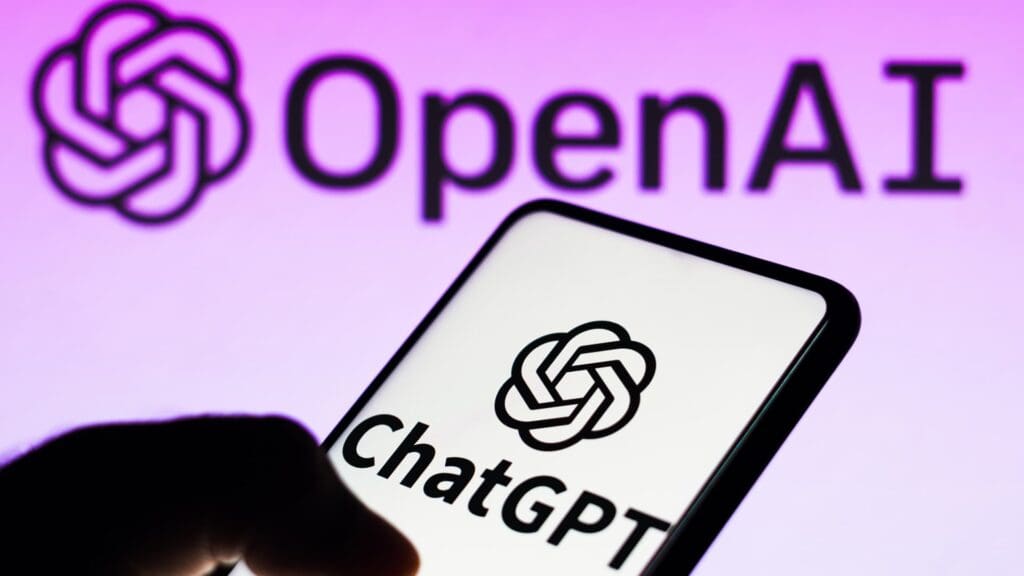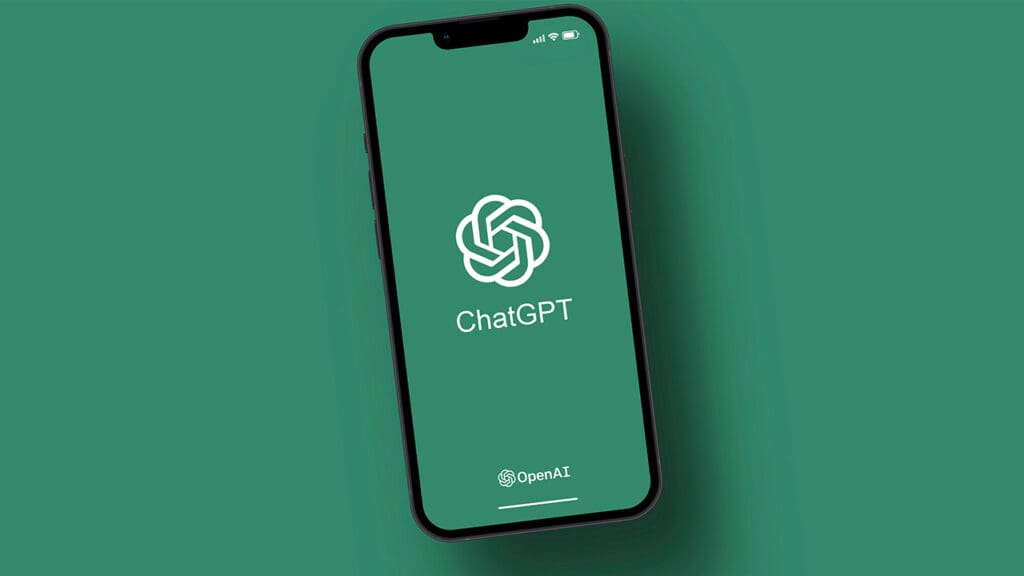Charles Hoskinson Reveals Plan For Private Stablecoin On Cardano To Balance Law And Privacy
Alisa Davidson
Published: May 13, 2025 at 10:40 am Updated: May 13, 2025 at 10:01 am

Edited and fact-checked:
May 13, 2025 at 10:40 am
In Brief
Charles Hoskinson announced that Cardano is preparing a private stablecoin that protects user privacy while staying compliant with regulation. This would be the first of its kind, offering cash-level confidentiality with selective data sharing for legal use.

Cardano (a blockchain project launched by Charles Hoskinson) may become the first to launch a private stablecoin that combines transaction privacy with legal transparency. The plan was outlined by Cardano co-founder Charles Hoskinson during a podcast hosted by eToro. He described a system that protects users’ right to privacy while offering regulators access to data in case of illegal activity.
“Maybe people don’t want a stablecoin where every purchase they make is forever tracked by everyone,” said Hoskinson. According to him, the solution lies in a stablecoin that offers selective information sharing — data would remain private by default, but could be unlocked if legally required.
The idea positions Cardano in a unique space between privacy-focused crypto and compliant digital finance. If launched, such a stablecoin could challenge the existing structure of the stablecoin market and offer a middle ground between complete transparency and total anonymity.
Privacy Meets Regulation: A Model Not Yet Seen in Stablecoins
Stablecoins have become essential in decentralized finance. According to DeFiLlama, the total market cap of stablecoins stood at nearly $243 billion at the time of writing. On Cardano, current stablecoins have a combined value of $31.47 million, but none of them include privacy functions. That’s the gap Hoskinson wants to address.
While privacy is often called a core value in the crypto community, the legal world has a different view. Regulatory agencies have shown increasing resistance toward anonymous digital assets. The European Union, for example, plans to ban exchanges from dealing with private cryptocurrencies like Monero and Zcash starting July 2027. These coins have already been delisted from several platforms due to concerns about money laundering.
Major players have responded to that pressure. In early 2024, Binance flagged Monero (XMR) and Zcash (ZEC) as high-risk tokens. One month later, it suspended financial operations involving XMR. ZEC remains under review through a user voting process. Meanwhile, Binance introduced Vote to List and Vote to Delist in March 2025, aiming to give the community more control over token decisions.
Other exchanges are also acting. In June 2024, Kraken stopped supporting Monero in Ireland and Belgium. Regulatory heat is clearly reshaping the market, making it harder for privacy coins to maintain liquidity or survive long term.
That’s what sets Cardano’s proposal apart. Hoskinson isn’t promoting a fully anonymous coin. He envisions a new kind of stablecoin — one that allows regulators access to information when truly needed, such as in investigations related to terrorism financing or criminal activity.
Regulators are increasingly aware that blocking privacy outright doesn’t stop illicit activity — it just pushes it underground. That’s why a privacy model with selective disclosure could be a more realistic path forward. Instead of treating all privacy as a threat, it gives governments a tool that works within legal frameworks, while still respecting user rights. For crypto projects, this balance may become a survival requirement rather than a feature.
“It’s possible to keep privacy while still meeting the law,” said Hoskinson. The model he described uses selective disclosure, meaning information stays private by default, but can be revealed under legal processes.
Lessons From Zcash and the Need for a Different Approach
Some earlier projects tried similar ideas. Firo and Zcash explored ways to let exchanges work with private coins, including features like whitelisted addresses. These attempts failed to satisfy regulators and caused liquidity to fall sharply. Without a working model that balances both privacy and compliance, those projects struggled to gain trust or survive in the long term.
Hoskinson seems to have learned from those outcomes. His approach is built around giving regulators just enough access, without giving up privacy altogether. That means building smart contracts or tools that allow information to be shared only in specific legal cases — not made public or exposed to third parties by default.
This concept goes beyond technical engineering. It’s about creating a new kind of digital money that respects both personal freedom and government oversight. If Cardano succeeds, it could set a new standard for the way stablecoins work in regulated environments.
The importance of this move is even greater considering current events in the U.S. In recent months, the proposed GENIUS Act, a bill meant to regulate stablecoins, failed to pass in the Senate. Lawmakers from the Democratic Party raised concerns about consumer safety and financial stability, slowing the bill’s progress. This creates uncertainty in the U.S. market — a space where a Cardano-based private stablecoin might find strong demand among users looking for alternatives.
At the same time, more developers are starting to think about what comes next. CryptoQuant CEO Ki Young Ju recently predicted the rise of “dark stablecoins” — digital assets that avoid state control completely. While Hoskinson’s plan doesn’t go that far, it shows that a new phase of stablecoin design is coming. And Cardano wants to lead it.
What Comes Next: A Stablecoin Built for Both Users and Lawmakers
The stablecoin market is clearly entering a new stage. Projects now face pressure from two sides: users want privacy, but governments want transparency. Solving both needs at once isn’t easy — but it may be possible. Cardano’s design suggests a structure where identity and transaction data are protected unless unlocked through clear legal channels.
Unlike fully transparent stablecoins like USDT or USDC, this model would treat financial data like physical cash. That means day-to-day use would remain private — no open blockchain logs for everyone to see — but records could be accessed when required by law. This isn’t full anonymity. It’s programmable privacy, tied to clear rules and access permissions.
If built correctly, this stablecoin could avoid the weaknesses of privacy coins while still protecting users from mass surveillance. It could also avoid being delisted from exchanges, something that has severely hurt tokens like XMR.
It’s too early to say how regulators will react. Some may welcome the compromise. Others may still push for stricter rules. But the idea itself adds something new to the conversation — a third path between unregulated anonymity and total transparency.
This new type of stablecoin could also reshape how regulators approach crypto. Instead of fighting full anonymity or demanding full transparency, they might begin to support middle-ground solutions. If Cardano succeeds, it could encourage other projects to adopt similar models — with private-by-default systems that still respect law enforcement needs. That could open the door to more responsible innovation, especially in regions where strict rules have slowed crypto adoption.
Disclaimer
In line with the Trust Project guidelines, please note that the information provided on this page is not intended to be and should not be interpreted as legal, tax, investment, financial, or any other form of advice. It is important to only invest what you can afford to lose and to seek independent financial advice if you have any doubts. For further information, we suggest referring to the terms and conditions as well as the help and support pages provided by the issuer or advertiser. MetaversePost is committed to accurate, unbiased reporting, but market conditions are subject to change without notice.
About The Author
Alisa, a dedicated journalist at the MPost, specializes in cryptocurrency, zero-knowledge proofs, investments, and the expansive realm of Web3. With a keen eye for emerging trends and technologies, she delivers comprehensive coverage to inform and engage readers in the ever-evolving landscape of digital finance.
More articles

Alisa Davidson

Alisa, a dedicated journalist at the MPost, specializes in cryptocurrency, zero-knowledge proofs, investments, and the expansive realm of Web3. With a keen eye for emerging trends and technologies, she delivers comprehensive coverage to inform and engage readers in the ever-evolving landscape of digital finance.








 This week on Conversations with Leaders: @Sam_North_07 interviews @Cardano founder @IOHK_Charles on the future of crypto, AI, and blockchain’s role in TradFi
This week on Conversations with Leaders: @Sam_North_07 interviews @Cardano founder @IOHK_Charles on the future of crypto, AI, and blockchain’s role in TradFi 

 Institutions are evolving, and so is the industry…
Institutions are evolving, and so is the industry… Full episode available on all major streaming…
Full episode available on all major streaming…

































